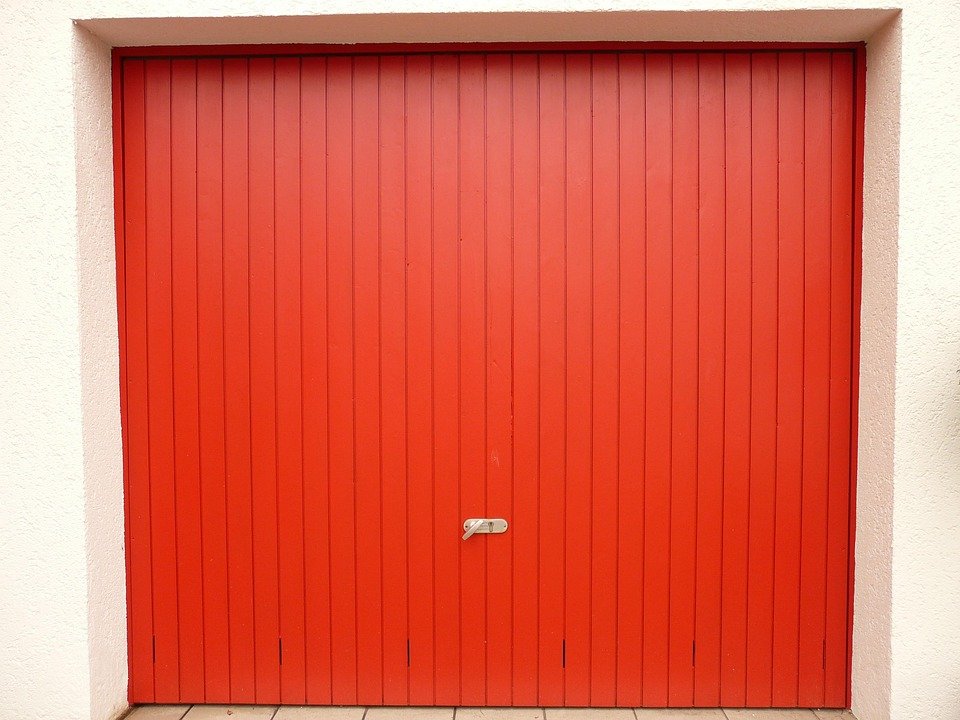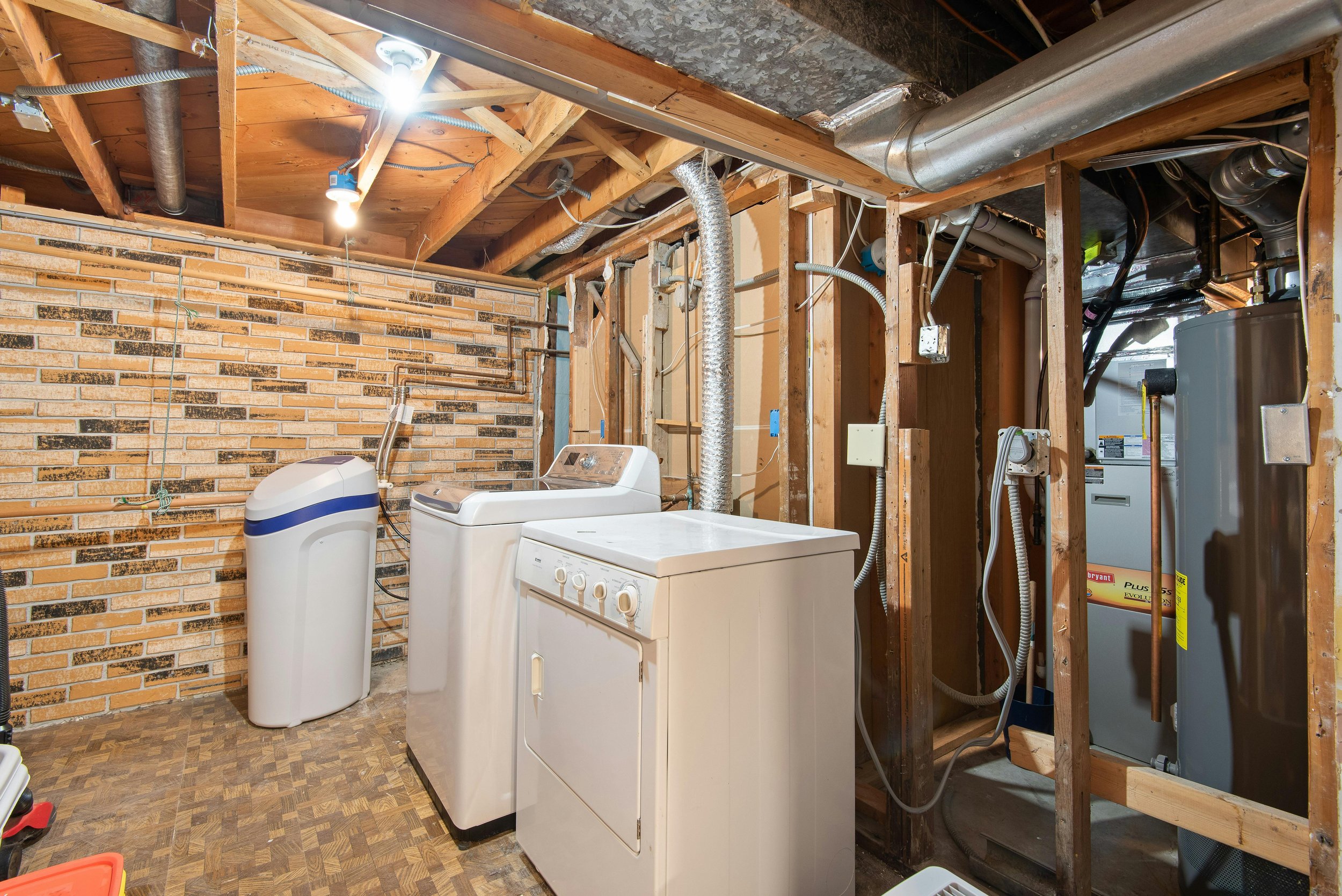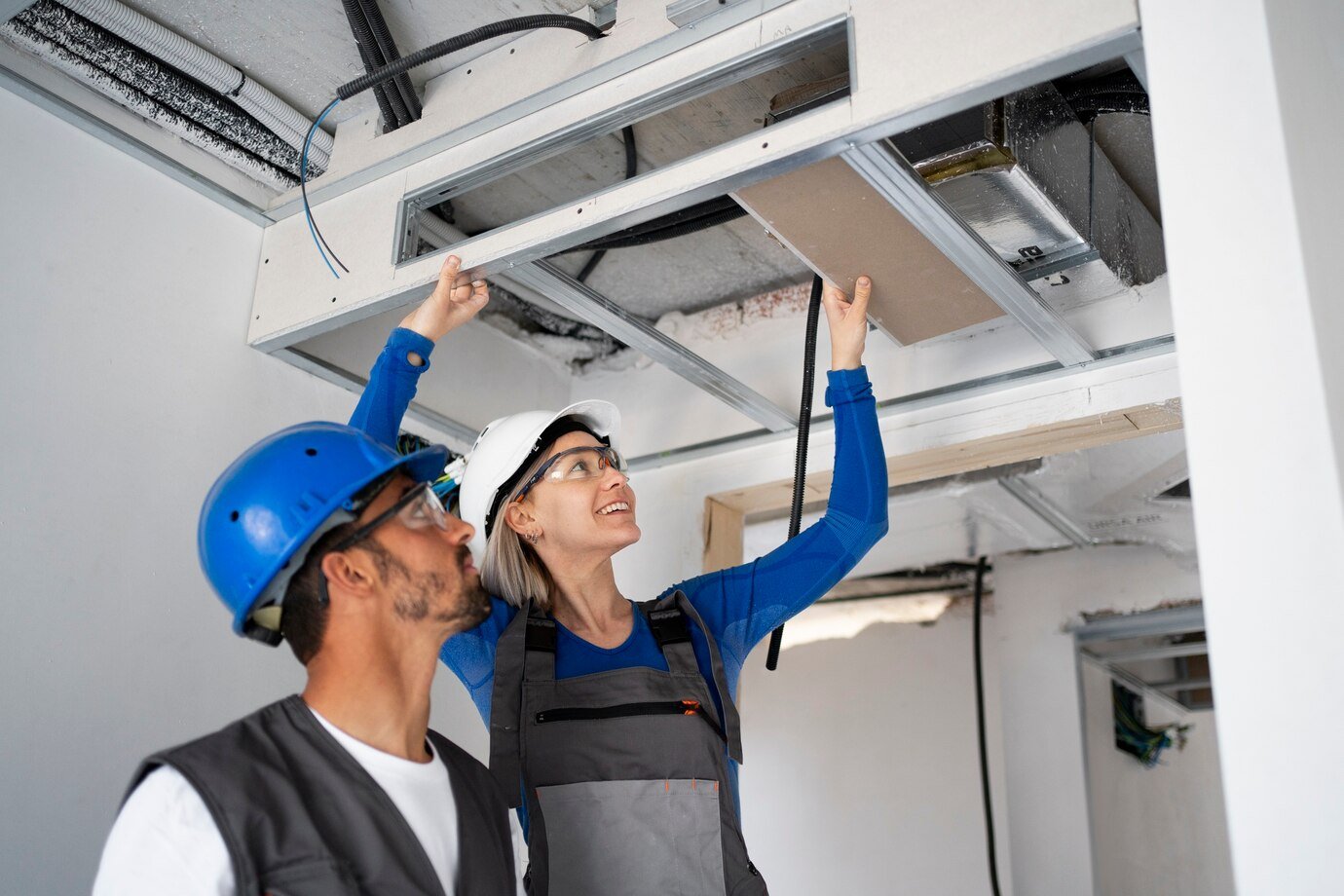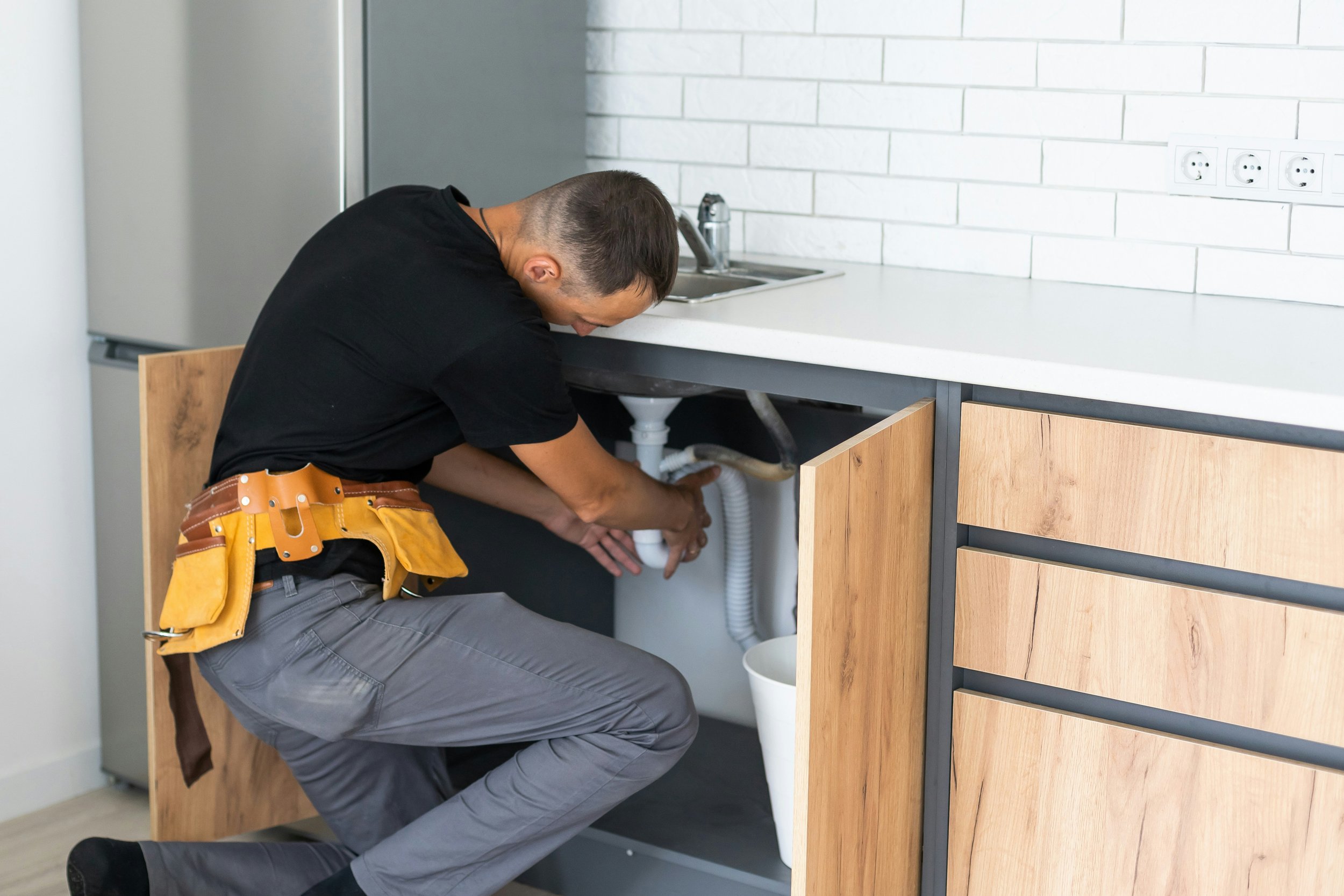How to Measure a Window for Replacement Properly
Need to replace your windows? Learn how to measure a window for replacement properly with this step-by-step guide. Accurate measurements are crucial for a smooth installation!
We’ve all been there. You’re ready to replace those old, drafty windows, and now it’s time to tackle the first crucial step—getting the measurements right. Measuring windows might seem like a straightforward task, but one tiny mistake can lead to a headache of ill-fitting windows, costly reorders, and installation delays. No one wants that! In this guide, we’ll walk you through how to measure a window for replacement properly so you can avoid any slip-ups and make your window replacement project a breeze. Let’s dive in and get those windows measured like a pro!
Why Accurate Window Measurements Matter
Before we get into the nitty-gritty of how to measure a window for replacement properly, let’s talk about why it’s so important to nail the measurements. Windows are custom-made, and even the smallest error can lead to:
Drafts: An improperly sized window won’t fit snugly, leading to cold air seeping in.
Leaky Seals: Gaps between the frame and the window can cause moisture to get inside, leading to mold and rot.
Expensive Reorders: Ordering the wrong size window means you’ll likely have to reorder, doubling the costs.
Frustrating Installations: Trying to install a window that doesn’t fit can lead to damaged frames and extra work.
Getting the measurements right the first time ensures your new window fits like a glove, keeping your home energy-efficient and weather-tight.
Tools You’ll Need for the Job
Before we get started, make sure you’ve got the right tools handy. Here’s what you’ll need:
Tape measure: A sturdy metal tape measure is best for accuracy.
Level: To ensure straight measurements.
Notepad and pen: You’ll want to write down all your measurements.
Ladder (optional): If you’re measuring windows that are higher up.
A friend (optional but helpful!): Having an extra pair of hands can make the process smoother, especially for larger windows.
Measuring for new windows requires the right tools and a bit of preparation to ensure accurate results. A sturdy metal tape measure is your best bet for precise measurements, while a level helps confirm the window frame is straight and even. Don’t forget to bring a notepad and pen to jot down all your measurements as you go. For windows that are higher up, a ladder will come in handy, and having a friend assist you can make the process much smoother, especially with larger windows. Proper measurements are key to a successful window installation, so take your time and be thorough.
How to Measure a Window for Replacement Properly: Step-by-Step
Let’s break it down step by step so you can measure your window for replacement without a hitch.
1. Measure the Width
The first thing you’ll want to do is measure the width of the window opening. Here’s how:
Measure at three points: Measure across the window at the top, middle, and bottom of the frame from jamb to jamb (the vertical sides of the frame).
Take the smallest measurement: Windows are rarely perfectly square, so taking multiple measurements ensures accuracy. Use the smallest width measurement you get, as this will be the correct one for your replacement window.
Pro Tip: If you notice a significant difference between the top, middle, and bottom measurements, there might be some warping or damage in the frame that you’ll need to address during installation.
2. Measure the Height
Next up is measuring the height of your window. Again, measure at three points:
Measure from the sill to the top of the frame: Take measurements at the left, middle, and right sides of the window from the sill (the horizontal piece at the bottom) to the top of the window opening.
Use the smallest height measurement: As with the width, windows may not be perfectly square. Always use the smallest measurement to ensure the window will fit into the opening.
Pro Tip: Don’t measure from the sill’s outer edge—measure from the flat surface where the window sits.
3. Measure the Depth
The depth of the window is just as important as the width and height, especially if you’re installing a new construction window or one with special features. Here’s how to do it:
Measure between the inside and outside stops: These are the interior and exterior pieces that keep the window in place.
Ensure at least 3 ¼ inches: Most replacement windows need a depth of at least 3 ¼ inches to fit properly. Make sure you check this measurement to avoid any surprises.
Pro Tip: If your window frame is too shallow, you may need to make adjustments to the trim or select a different type of window.
Special Considerations for Different Window Types
Not all windows are created equal, so let’s look at how to measure for different types of windows. Whether you’re replacing a double-hung window, sliding window, or casement window, there are a few things to keep in mind.
Double-Hung Windows
Double-hung windows are some of the most common types. They have two movable sashes, which can make measuring a bit tricky.
Make sure to measure from the inside of the jambs: With double-hung windows, always measure the width and height from the inside of the jambs, not the outside edges of the window.
Sliding Windows
Sliding windows operate horizontally, which means you’ll need to pay close attention to both the width and height.
Measure both sashes: Since sliding windows move side to side, make sure to measure both the fixed and movable sash to get an accurate measurement.
Casement Windows
Casement windows swing outward like a door. Here’s what to keep in mind:
Take extra care with the width: Make sure you’re measuring from the outer edge of the frame to ensure the window can fully open without obstruction.
Tips for Measuring Windows in Older Homes
Older homes have a lot of charm, but they can also come with some quirks—especially when it comes to windows. If you’re working with an older home, here are a few extra tips to help you measure properly.
Watch out for warped frames: Over time, wood frames can warp, which makes the window slightly off-kilter. Be sure to take multiple measurements to get the most accurate numbers.
Account for settling: Older homes can settle over time, causing the window openings to become uneven. Use a level to check whether the window opening is straight.
Inspect for damage: Check for any signs of rot or water damage around the window frame. You may need to repair or replace parts of the frame before installing your new window.
When preparing to install new windows, taking precise measurements and thoroughly inspecting the window frames is essential to ensuring a smooth installation. Over time, wood frames can warp, causing the window to sit unevenly, so be sure to measure multiple points for the most accurate fit. In older homes, settling can make window openings uneven, so it's important to check with a level to see if the opening is straight. Additionally, inspect the frame for signs of rot or water damage—repairing or replacing any damaged sections before installing the new window will help prevent future problems and ensure a sturdy, long-lasting fit.
Common Mistakes to Avoid When Measuring Windows
Even seasoned DIYers can make a mistake or two. Here are some common pitfalls to avoid when measuring windows for replacement:
Measuring only once: Always take multiple measurements to ensure accuracy. Double-check your work before placing any orders.
Measuring the window itself, not the opening: Remember, you’re measuring the opening, not the window! Measure from jamb to jamb and sill to top frame for the best fit.
Forgetting the depth: Many people overlook the depth measurement, but it’s crucial for ensuring your new window fits properly.
Conclusion
There you have it—everything you need to know about how to measure a window for replacement properly. Whether you’re tackling the project yourself or getting a professional to handle the installation, accurate measurements are the first and most crucial step. Take your time, double-check your work, and don’t forget those pro tips we’ve sprinkled in! With the right approach, your new windows will fit perfectly, giving your home that fresh look and improved energy efficiency you’re after. So, go ahead and grab that tape measure—you’ve got this!
Frequently Asked Questions
1. Can I measure my windows without removing the old ones?
Yes! You can measure for replacement windows without removing the old ones. Just be sure to measure the window opening, not the frame or the window itself.
2. What if my window frame isn’t square?
It’s common for window frames to be slightly out of square, especially in older homes. Always use the smallest measurement (width or height) to ensure the replacement window fits properly.
3. How accurate do my measurements need to be?
Your measurements need to be as accurate as possible. Even a small error can result in a poorly fitting window. It’s always better to measure twice and cut once!
4. Should I round my measurements?
Nope! Don’t round your measurements. Record them exactly as they are to ensure a proper fit.
5. What if I order the wrong size window?
If you order the wrong size window, you’ll either have to return it (if possible) or make adjustments to your window opening—which can be a costly and time-consuming process. That’s why it’s essential to measure correctly the first time!
































